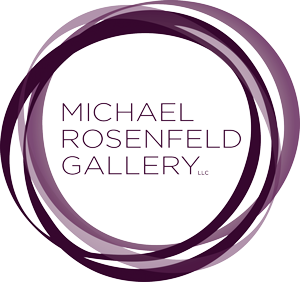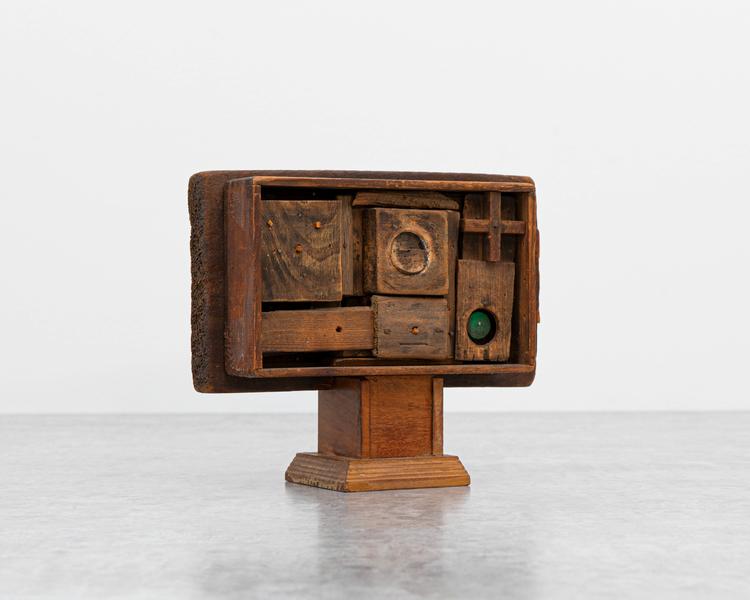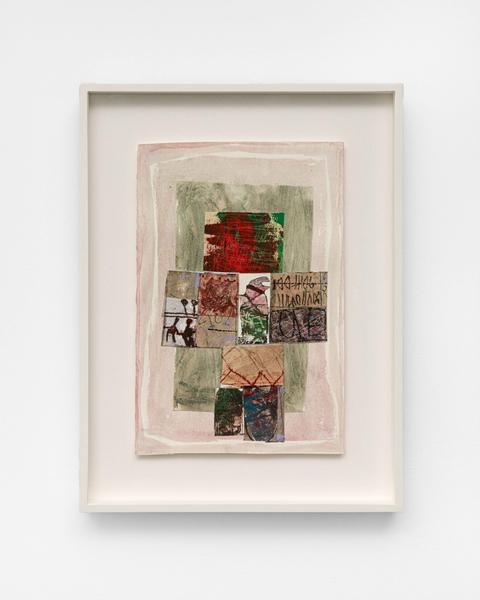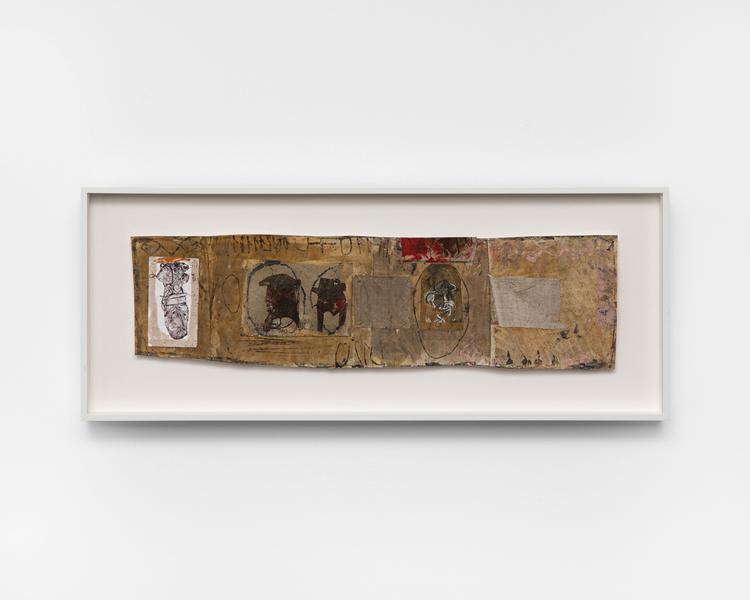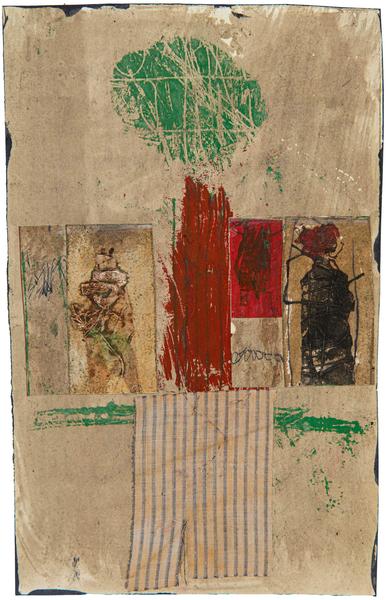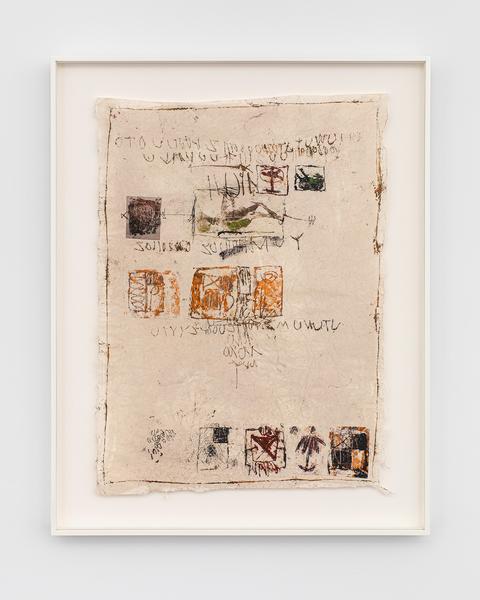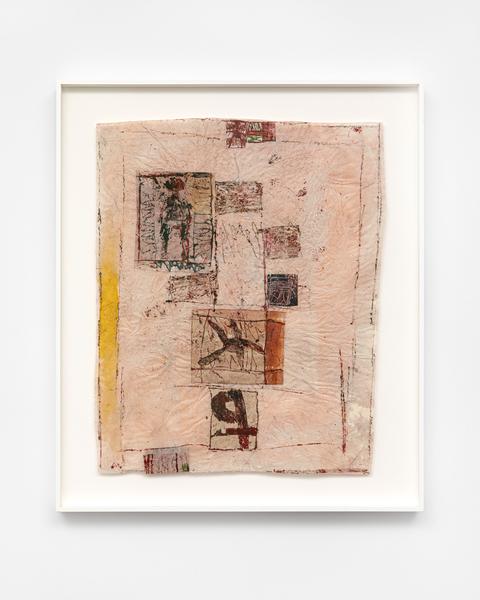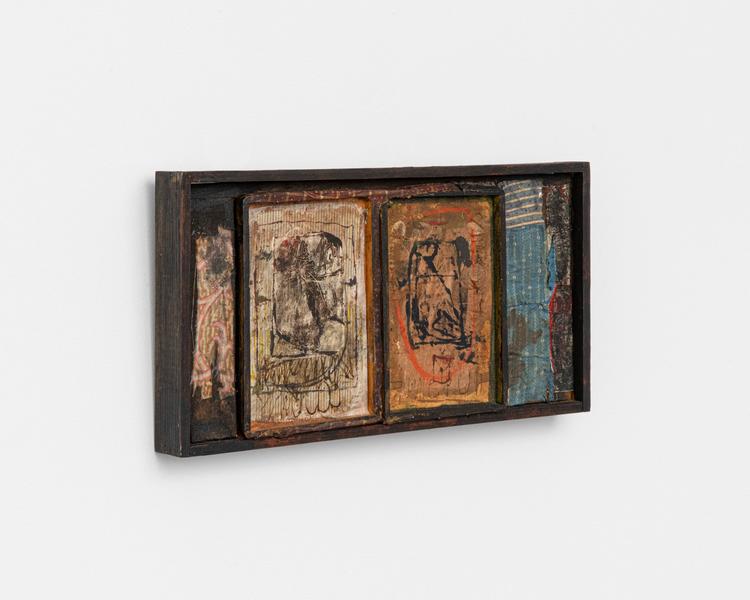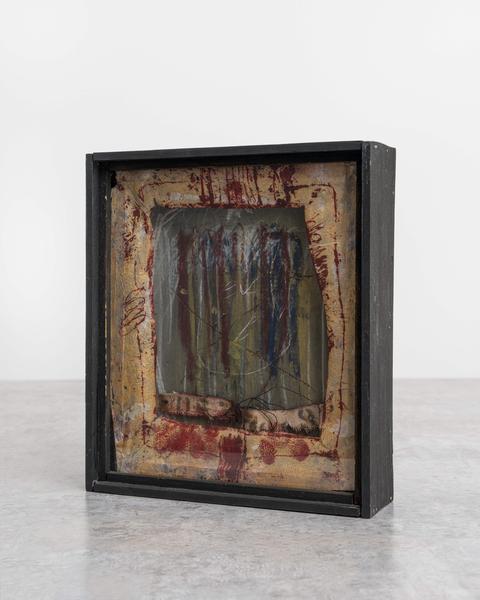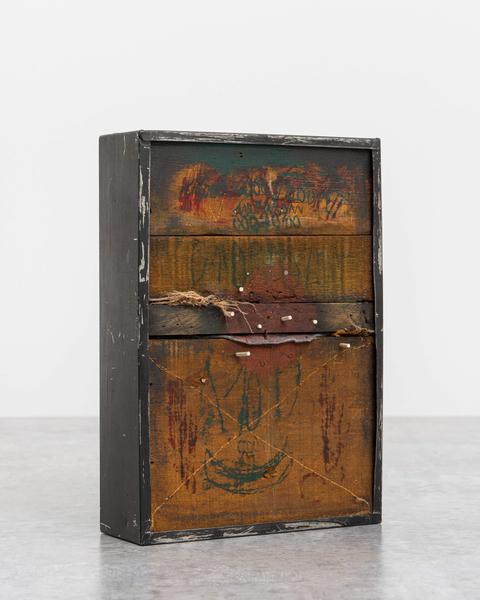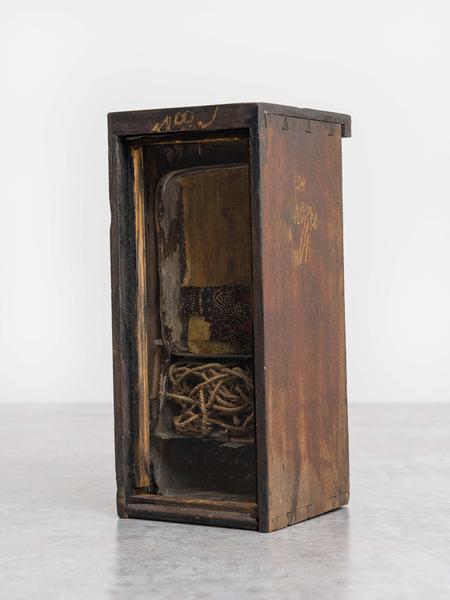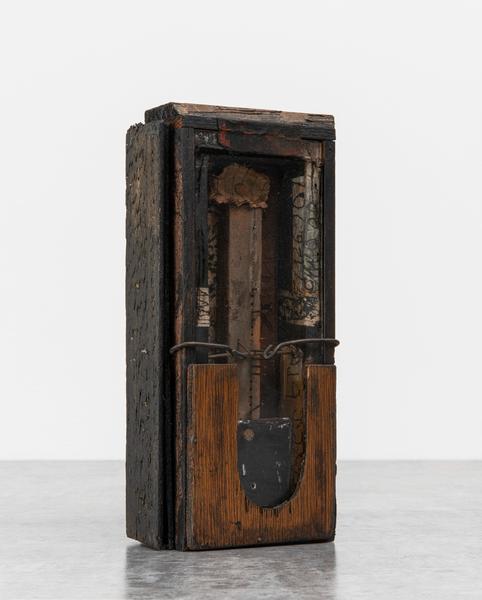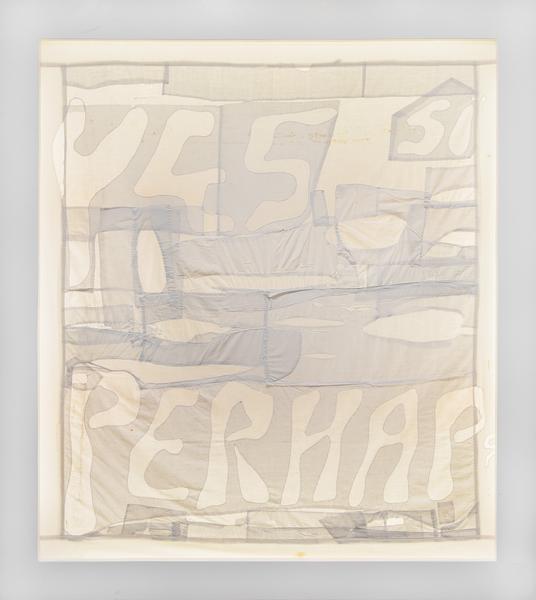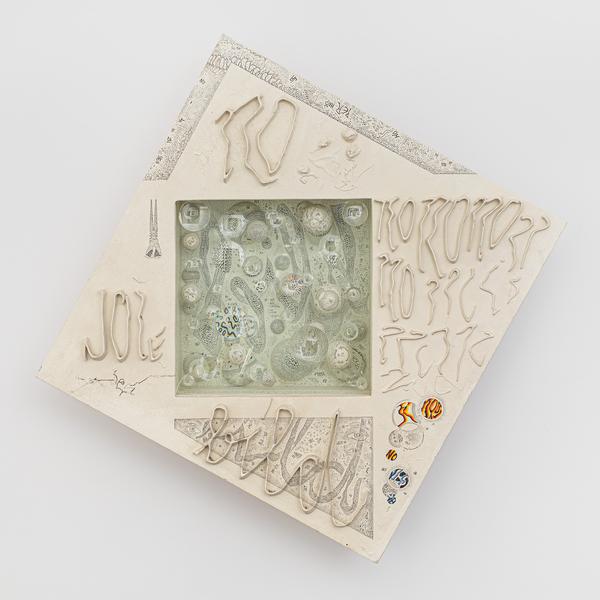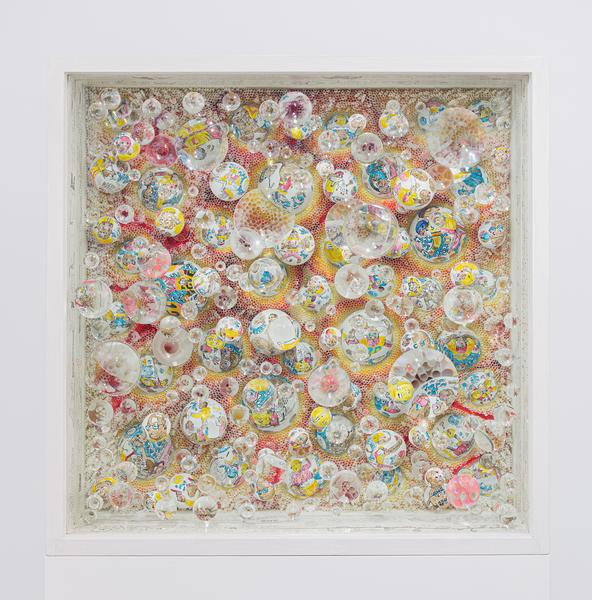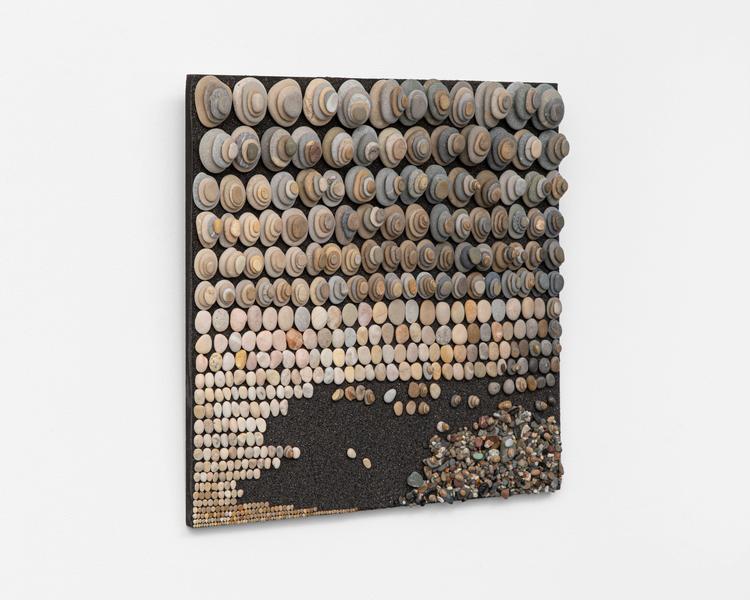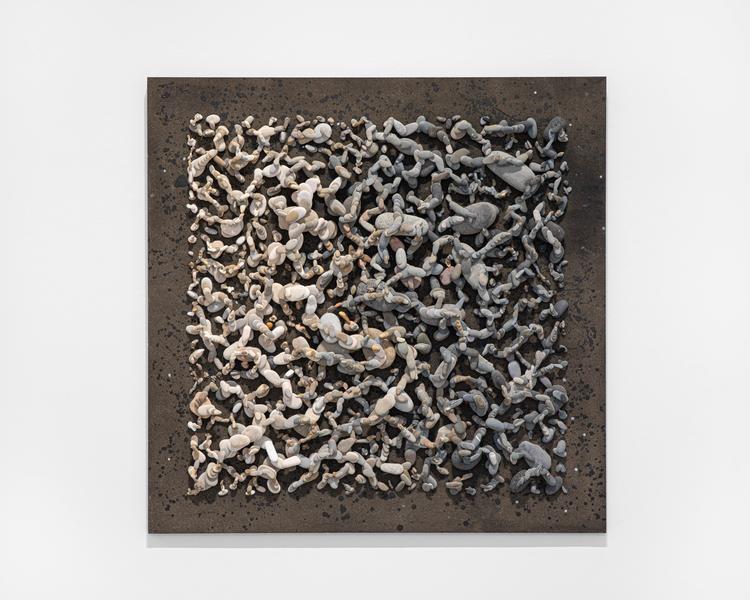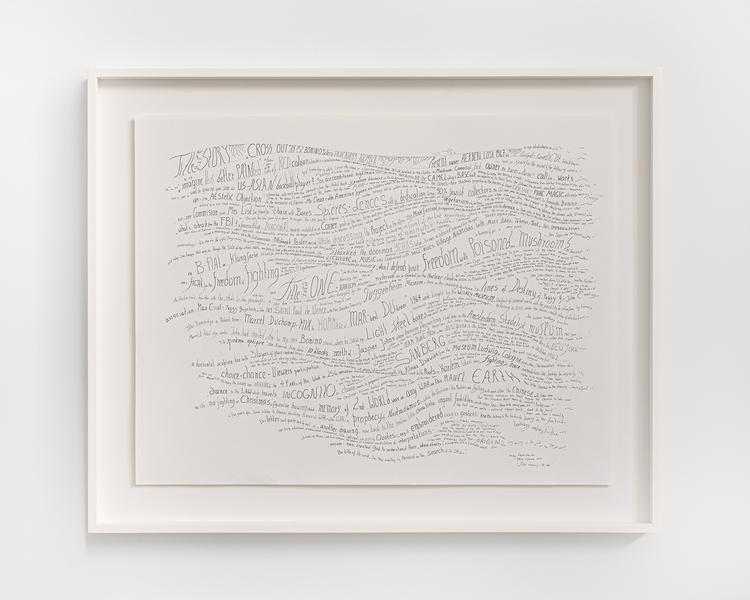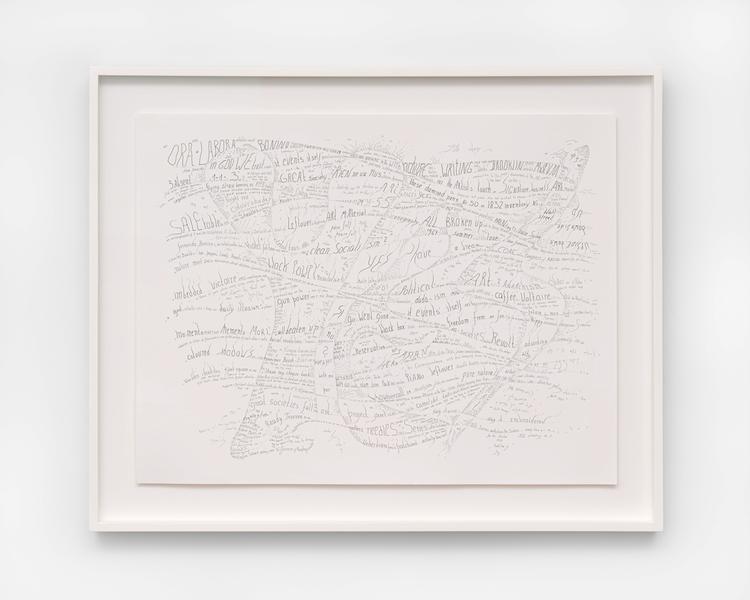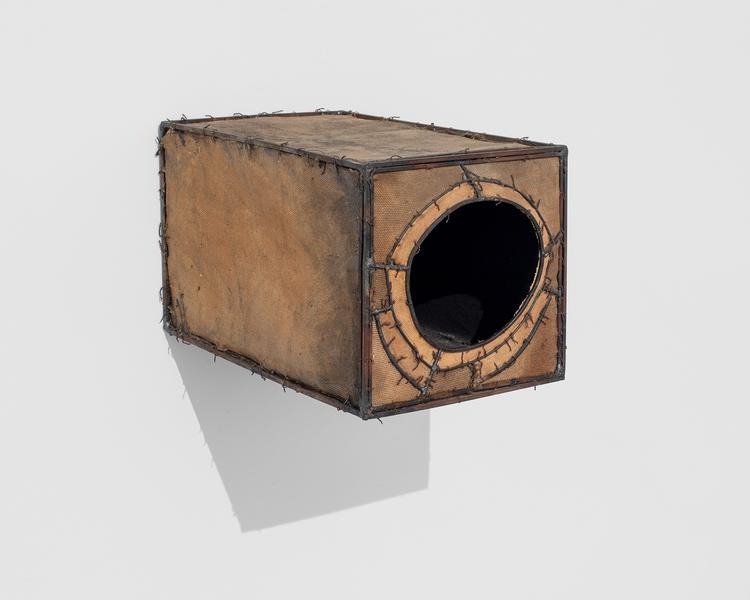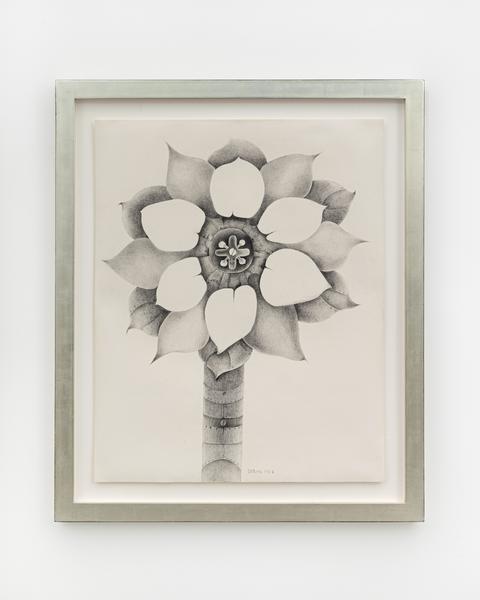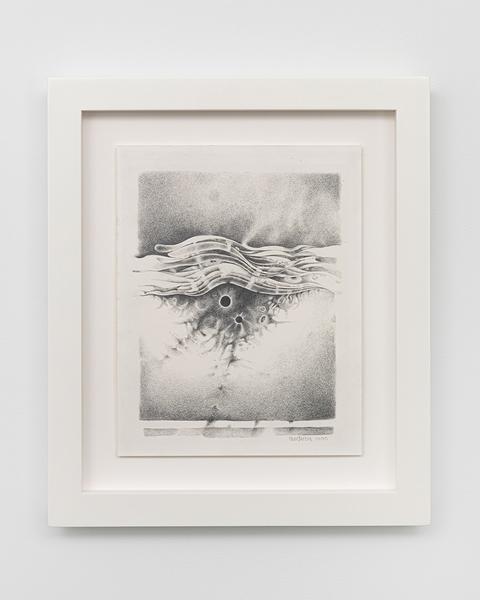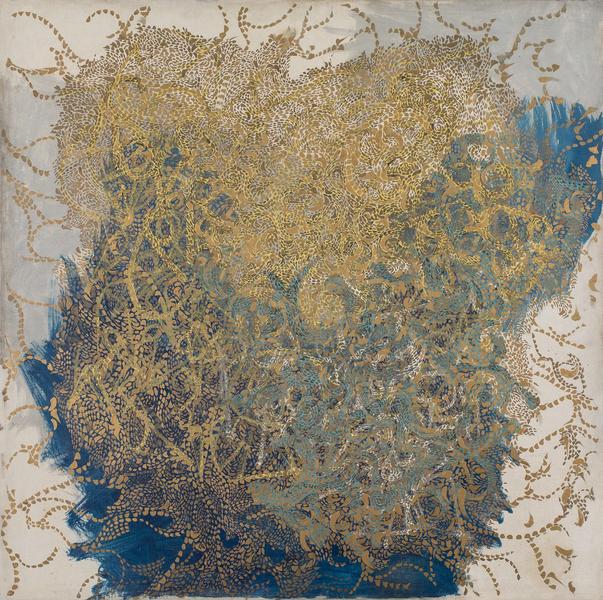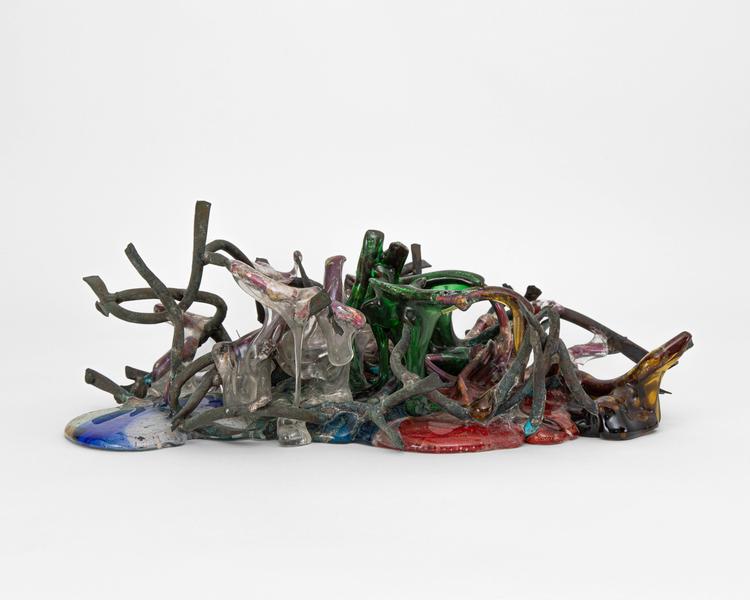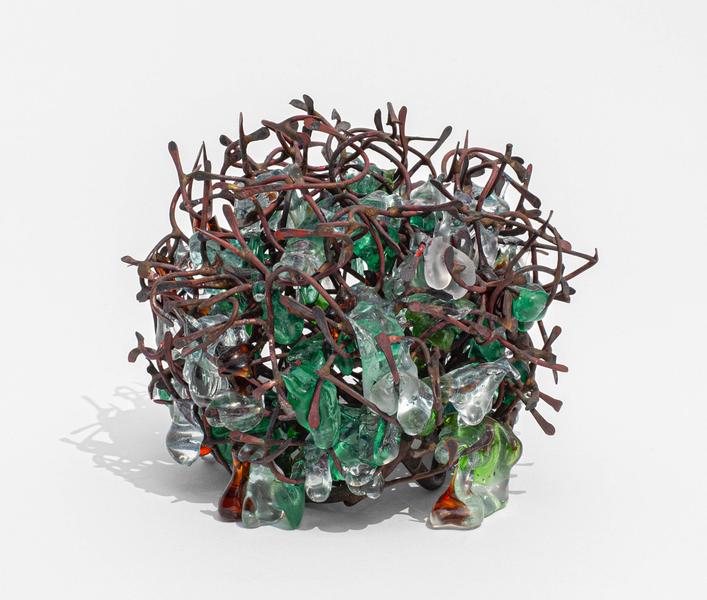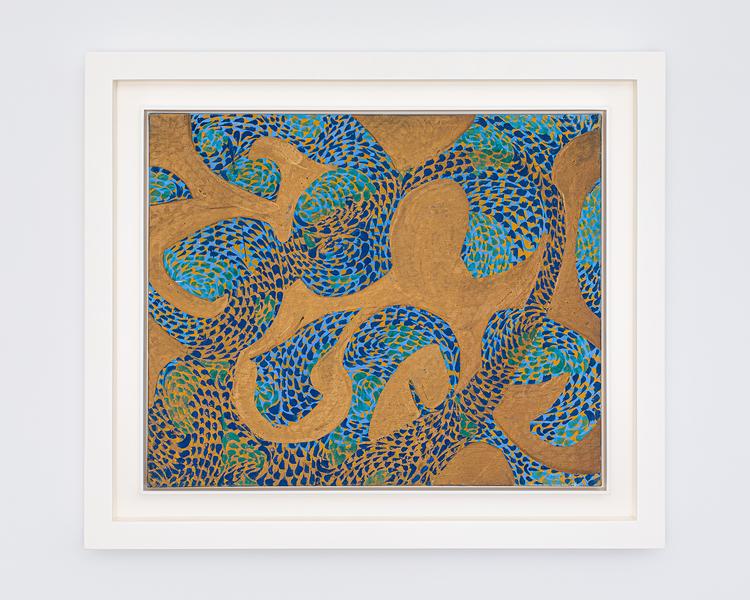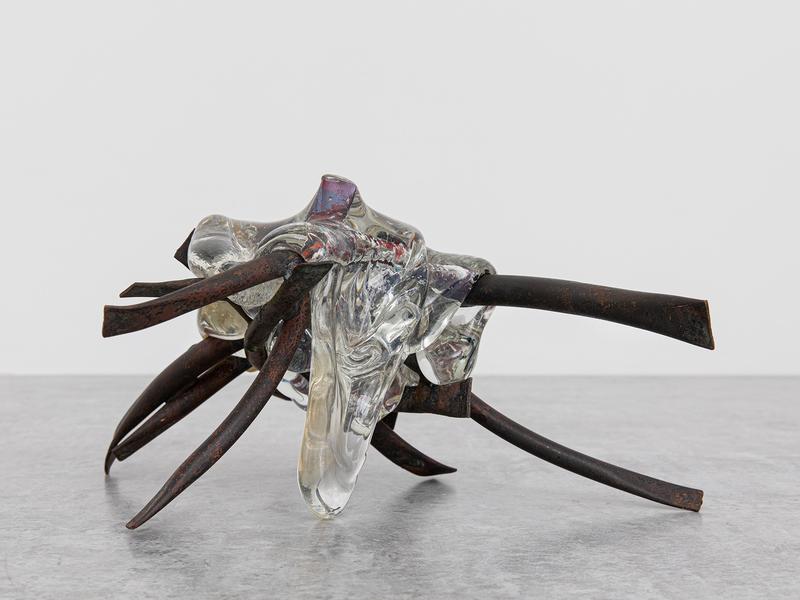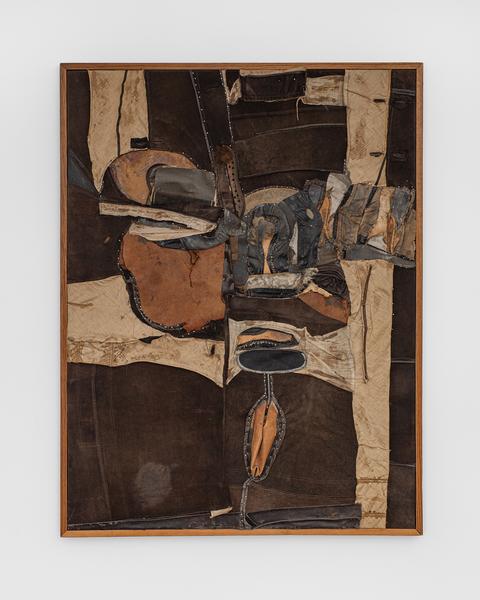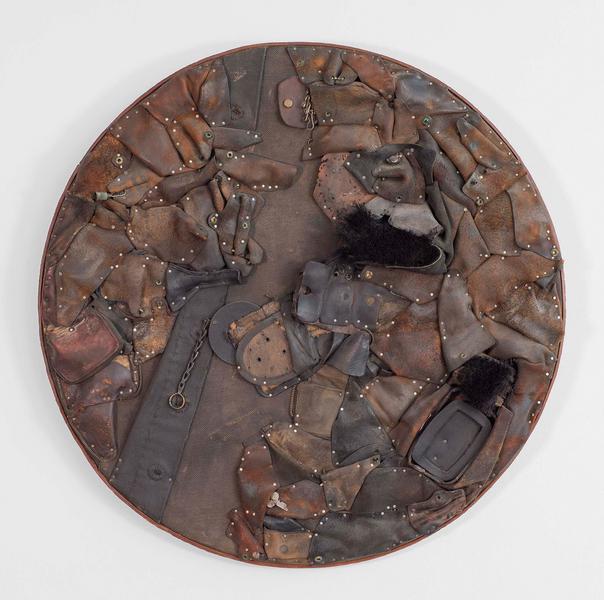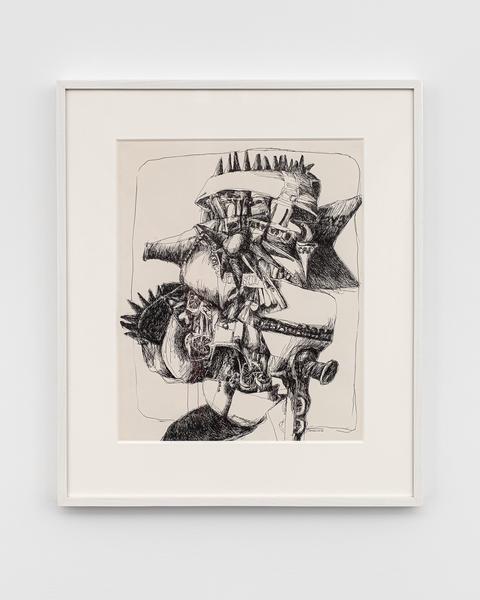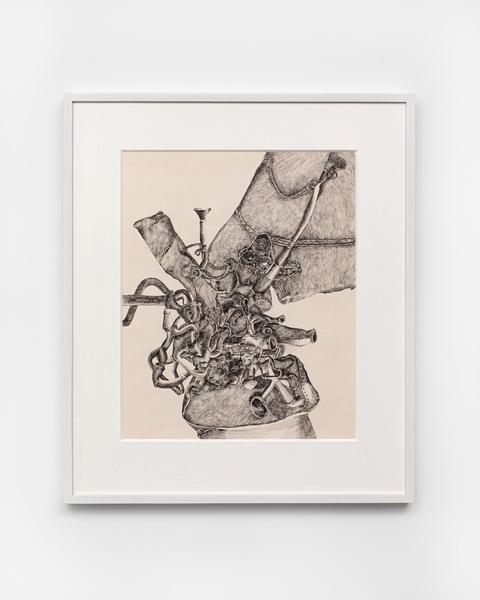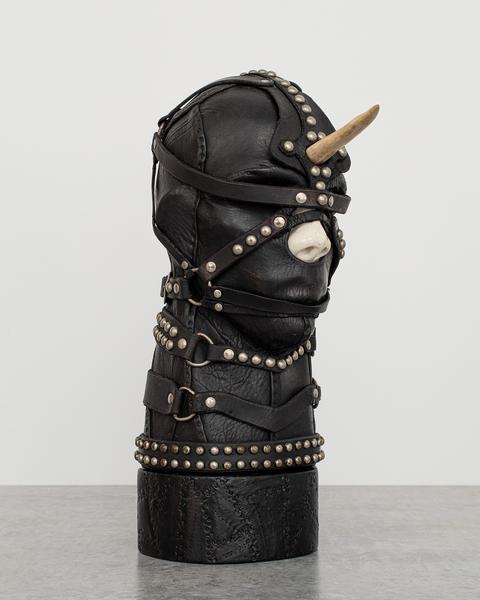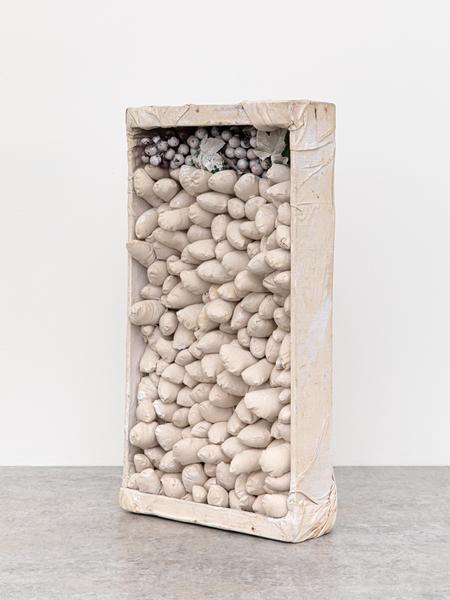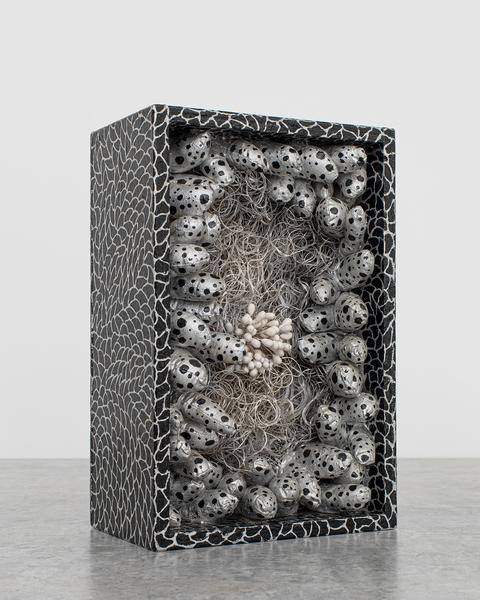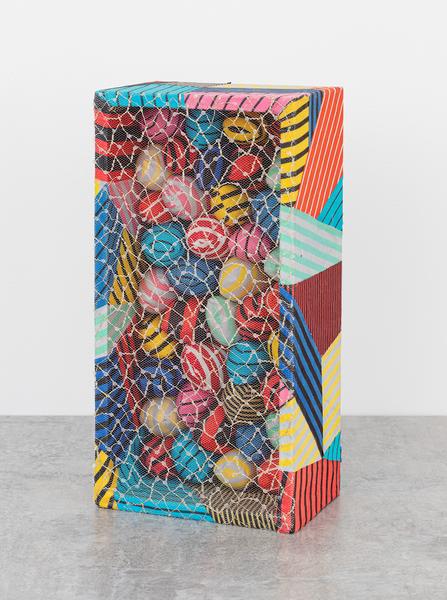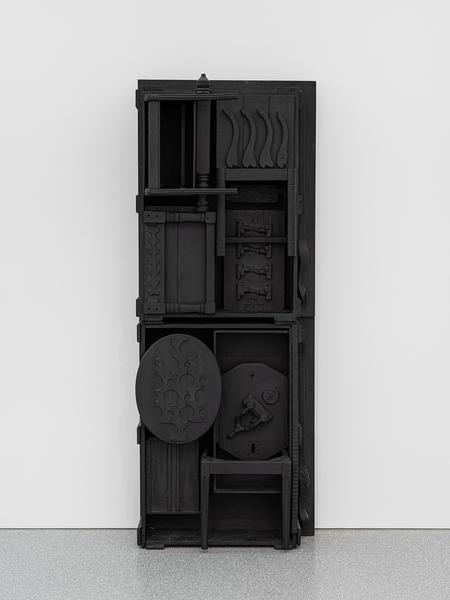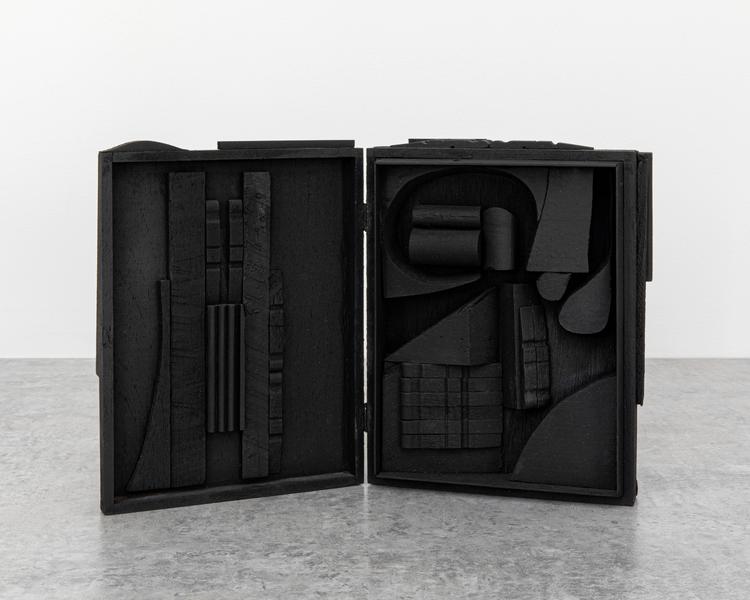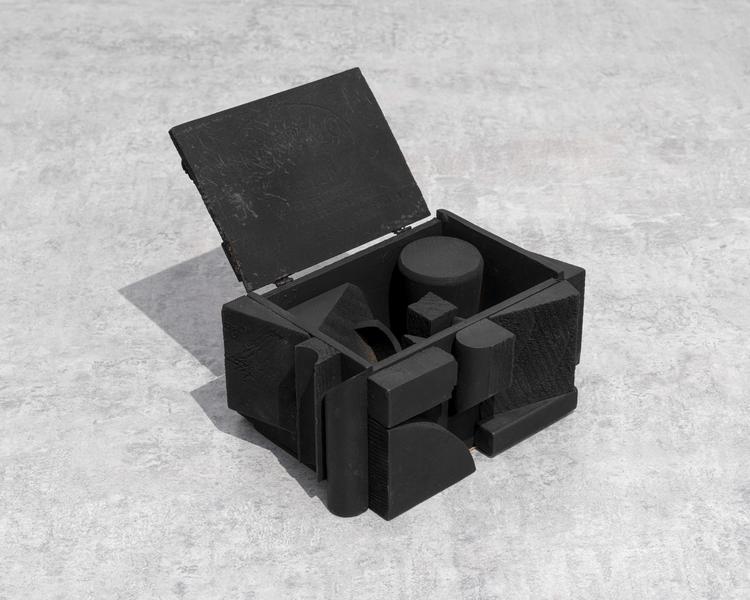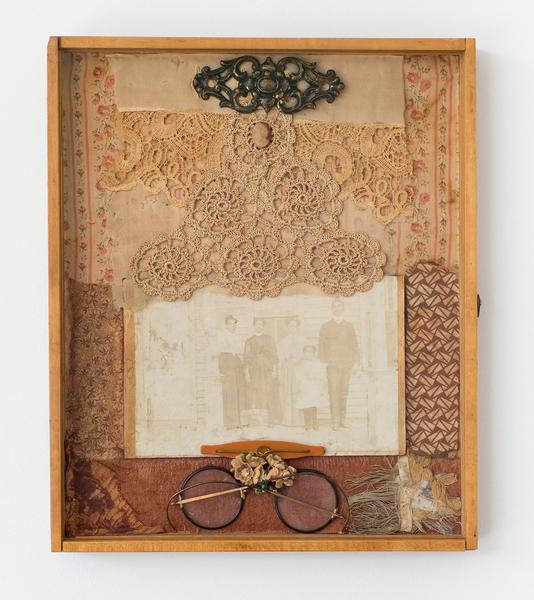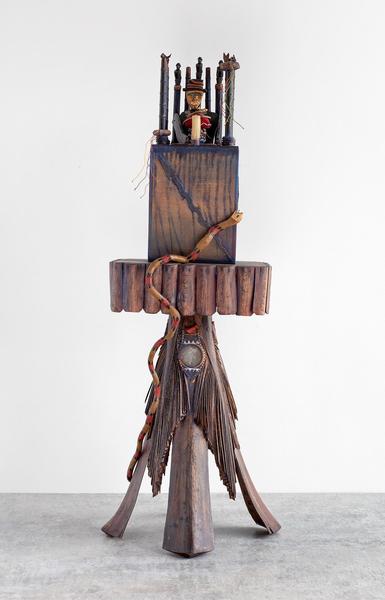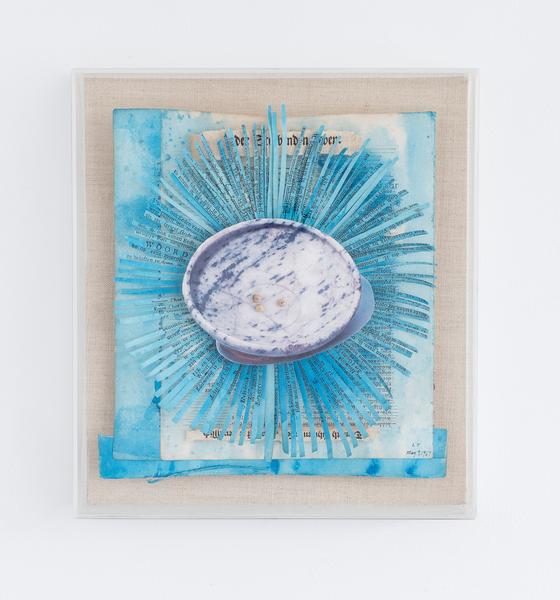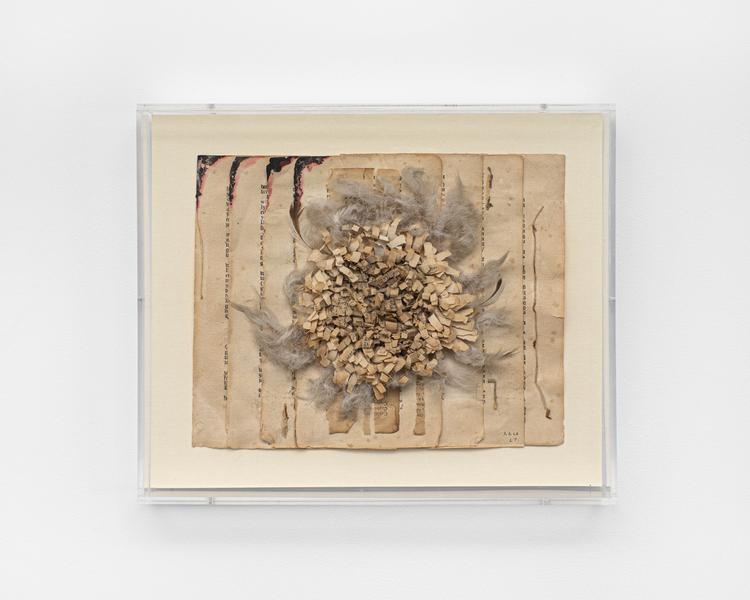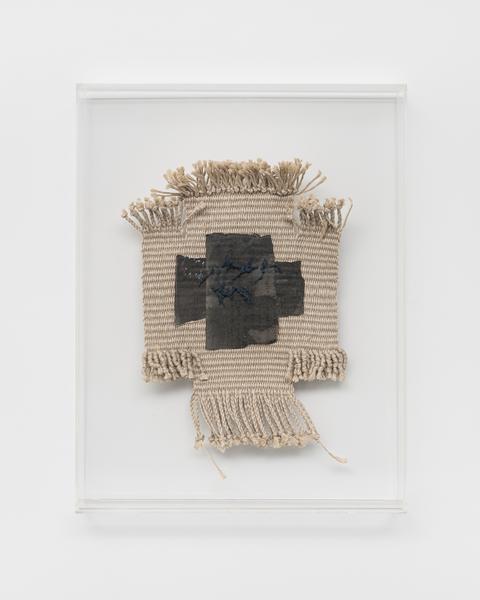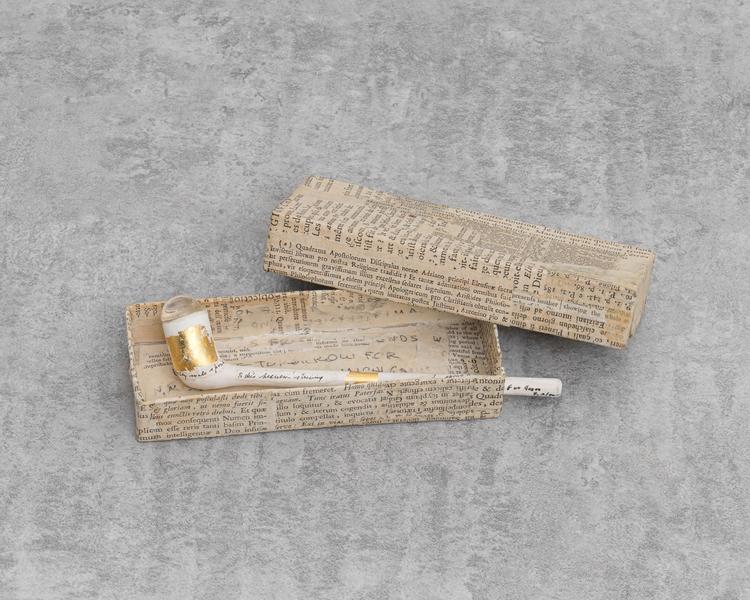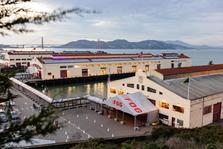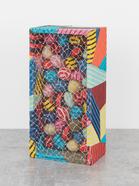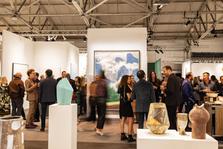Preview Gala (by invitation)
Wednesday, January 22, 4PM–10PM
Public Days
Thursday, January 23, 11AM–7PM
Friday, January 24, 11AM–7PM
Saturday, January 25, 11AM–7PM
Sunday, January 26, 11AM–5PM
Visit Michael Rosenfeld Gallery in Booth 206
Michael Rosenfeld Gallery is pleased to return to FOG Design+Art in Booth 206 with an exhibition featuring nine women artists vital to the gallery’s program and history: Hannelore Baron (1926–1987), Mary Bauermeister (1934–2023), Lee Bontecou (1931–2022), Claire Falkenstein (1908–1997), Nancy Grossman (b.1940), Yayoi Kusama (b.1929), Louise Nevelson (1899–1988), Betye Saar (b.1926), and Lenore Tawney (1907–2007). Our presentation will feature significant works in sculpture, collage, assemblage, and drawing exemplary of the material choices, techniques, and visual vocabularies that distinguish each artist.
Focused on masterworks from the 1950s–80s, Michael Rosenfeld Gallery’s FOG 2025 exhibition is a testament to the boldness and talent that propelled each artist to success in a world resistant to their status as women artists working in nontraditional media. Thoroughly experimental and dedicated to their vision, the artists featured in Booth 206 expanded the fields of collage and assemblage in ways that continue to resonate. The works on view are united by a few aesthetic tendencies that resisted contemporaneous notions of what qualified as “women’s art,” namely an embrace of found or industrial materials, monochromatic or largely neutral color schemes, and compositional techniques that involved carpentry, welding, or scavenging. Created by pioneering artists who forged successful careers in a male-dominated field, each work in the presentation constituted a break from the prevailing constraints of patriarchal hegemony at the time of its execution.
Highlights of the exhibition include Mary Bauermeister’s Perhaps Linensheet (1963), an early work from her “light box” series of assemblages composed of found linen fragments stitched into a sheet and stretched over a box frame illuminated by fluorescent lights. Untitled (1959) is a quintessential Lee Bontecou work exemplary of her soot-lined, wall-mounted steel-and-canvas sculptures that center a black void, synthesizing references to industrial machinery, space-age futurism, and anthropomorphic anatomy. A monochromatic assemblage by Louise Nevelson will also be on view; monumental in scale and composed of found wooden objects painted a uniform matte black, Untitled (c.1973) embodies the architectonic elegance of Nevelson’s signature style. Finally, Dr. Damballa Ju Ju (1989) is an iconic Betye Saar sculpture that belongs to a group of freestanding assemblages inspired by the ritual culture of Haiti. Evoking the form of an altar and named for a serpentine spirit prominent in Haitian Voodoo, Saar’s assemblage features a multitude of carefully selected objects referencing her myriad interests, biography, and the shared histories of the African diaspora.
